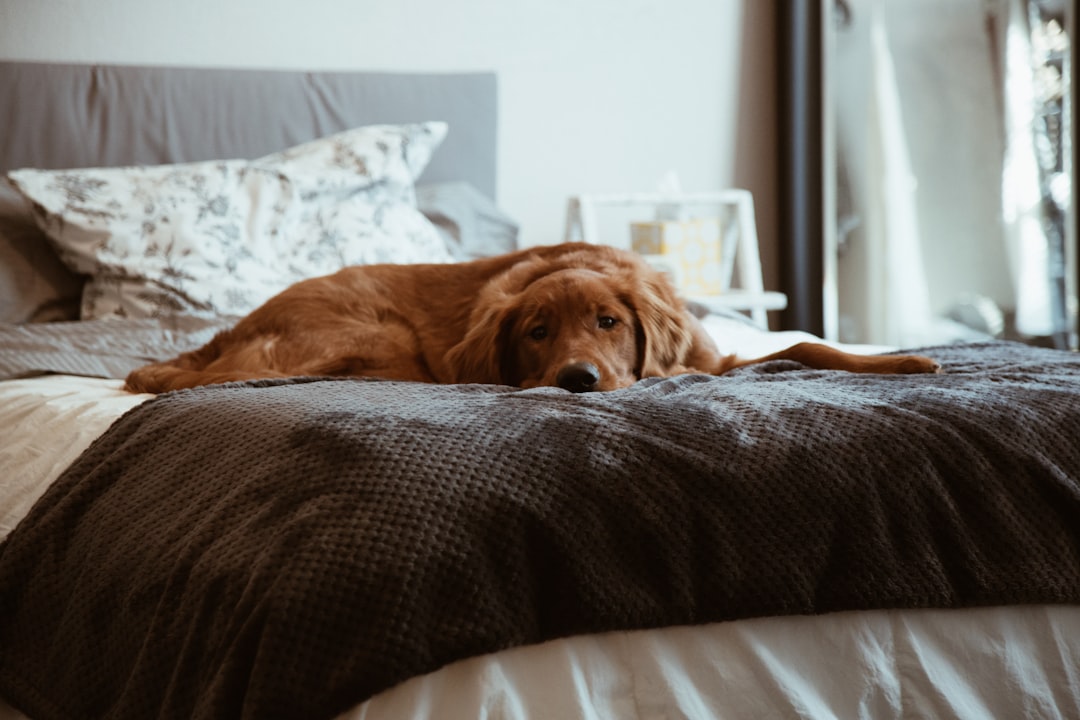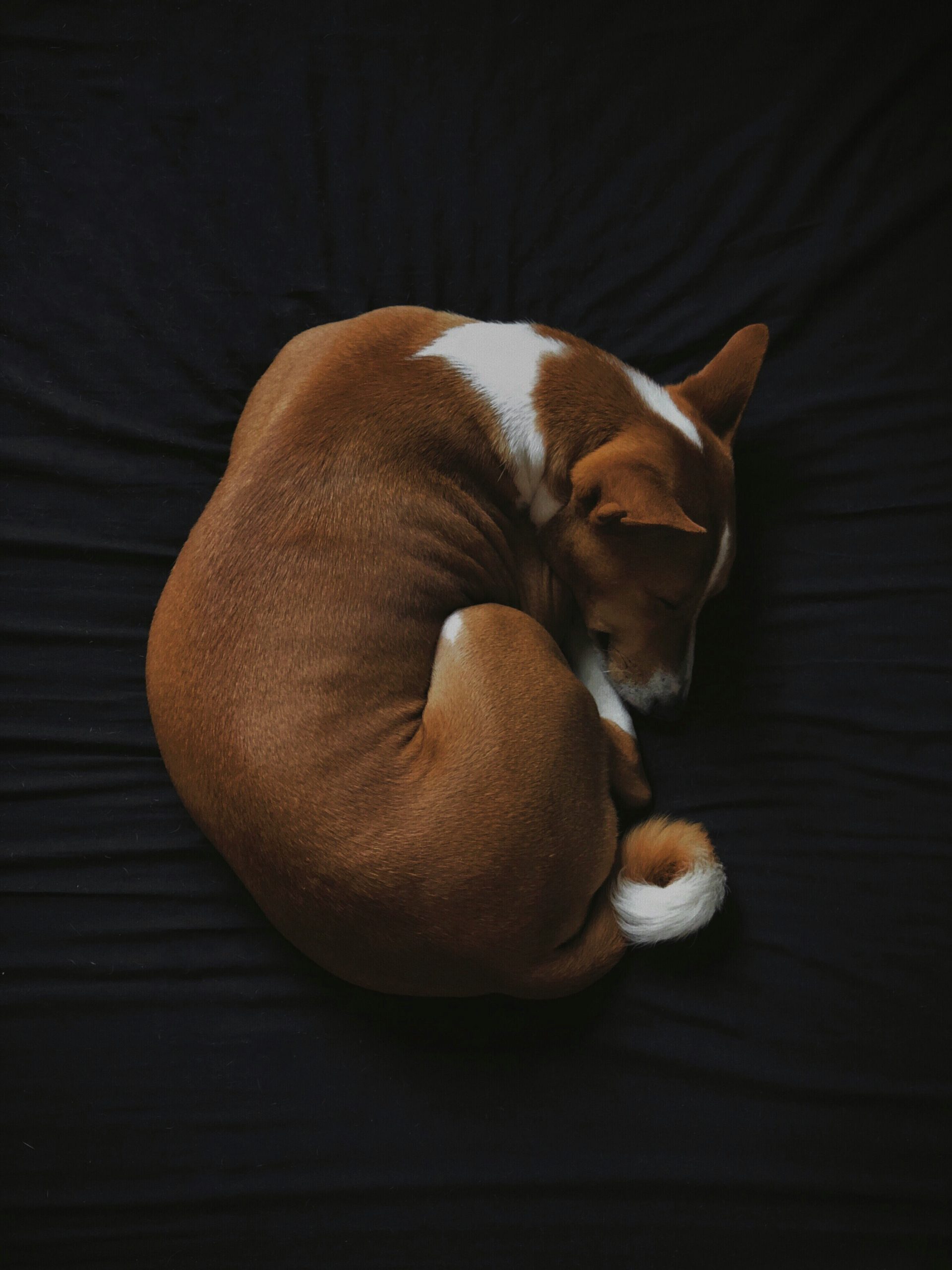Unleashing the Secrets: How Dog Breeds Influence Sleeping Positions
Explore the significance of dog sleeping positions, including the connection between breed characteristics and preferred sleeping positions, common sleeping positions and their meanings, unique sleeping habits of specific dog breeds, and how changes in sleep positions can indicate potential health issues.
Introduction: Exploring the Significance of Dog Sleeping Positions
Understanding a dog’s preferred sleeping position can offer valuable insights into their personality traits and comfort levels. Dogs, like humans, have unique ways of sleeping that can reveal a lot about their emotions and well-being. The connection between breed characteristics, canine anatomy, and a dog’s chosen sleeping posture is intriguing and worth exploring further.
Common Dog Sleeping Positions and Their Meanings
Dogs exhibit a variety of sleeping positions, each with its own symbolism and significance. For example, the Donut position, where a dog curls up tightly, can indicate gentleness and insecurity. On the other hand, the Side Snoozer position, where a dog sleeps on their side, reflects trust and comfort. Understanding these common sleeping positions can help pet owners interpret their furry friend’s feelings and preferences.
An illustration of this is the Superman position, where a dog lies flat on their belly with legs outstretched, signifying energy and readiness to play. This position is often seen in high-energy breeds that are eager for action and movement.
Unique Sleeping Habits of Specific Dog Breeds
Certain dog breeds display unique sleeping habits that are influenced by their inherent traits and tendencies. For instance, Beagles have a preference for sleeping in groups, reflecting their pack-oriented nature. Great Danes, known for their large size, seek out spacious and comfortable spots for sleep, showcasing their adaptability to different environments.
Pugs, with their affectionate and loyal nature, often choose to sleep close to their human companions for warmth and companionship. These breed-specific sleeping habits highlight the importance of considering individual breed characteristics when understanding a dog’s preferred sleeping positions.
Understanding the Influence of Breed Characteristics on Sleeping Positions
Dog breeds vary not only in physical appearance but also in their sleeping preferences, which can be influenced by breed-specific traits. For example, Greyhounds have specific sleeping habits, such as sleeping in the “roach” position to regulate their body temperature. Additionally, dogs with shorter muzzles, like Bulldogs, may face challenges in finding a comfortable sleeping position due to their unique anatomy.
Observing how different breeds choose to sleep, whether curled up or stretched out, can provide valuable insights into their comfort levels and well-being. By understanding the influence of breed characteristics on sleeping positions, pet owners can better cater to their furry companion’s needs and ensure a restful sleep experience.
Observing Changes in a Dog’s Sleep Positions
Changes in a dog’s sleep positions can serve as important indicators of their health and comfort levels. Dogs may adjust their sleeping posture based on external factors like temperature or noise levels, highlighting their adaptive nature. By observing and monitoring a dog’s typical sleeping positions, pet owners can detect deviations that may signal underlying health issues or discomfort.
For example, if a dog suddenly shifts from their usual sleeping position to a more restless or uncomfortable posture, it could indicate pain or distress. Understanding these changes and being attentive to your dog’s sleeping habits can help in assessing their overall well-being and addressing any potential issues promptly.
Recommendations for Improving a Dog’s Sleep Experience
Providing a comfortable and supportive sleeping environment is essential for enhancing a dog’s sleep quality and overall well-being. This includes investing in a suitable dog bed that offers adequate cushioning and support for your furry friend. Maintaining a consistent sleep schedule can also help regulate a dog’s sleep patterns and promote restful sleep.
Additionally, creating a quiet and peaceful sleep environment free from disruptions can contribute to a more restful and rejuvenating sleep experience for dogs. By prioritizing their comfort and sleep needs, pet owners can help ensure that their canine companions enjoy a good night’s rest and wake up feeling refreshed and revitalized.
 Conclusion: Enhancing Canine Well-Being Through Understanding Sleeping Positions
Conclusion: Enhancing Canine Well-Being Through Understanding Sleeping Positions
In conclusion, the way a dog sleeps can reveal valuable insights into their personality traits, comfort levels, and overall well-being. By considering the influence of breed characteristics, canine anatomy, and individual preferences on sleeping positions, pet owners can better understand and cater to their furry friend’s sleep needs. Observing changes in a dog’s sleep positions and providing a supportive sleep environment are crucial steps in promoting optimal comfort and well-being for dogs. By enhancing our understanding of dog sleeping positions and their meanings, we can strengthen the bond with our canine companions and ensure they lead happy and healthy lives.



